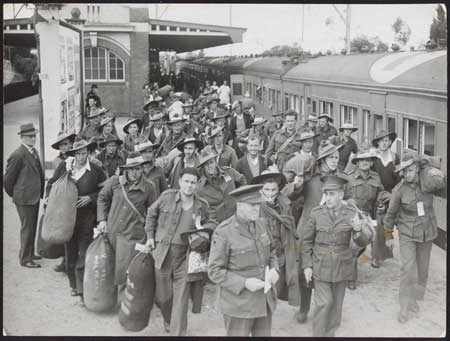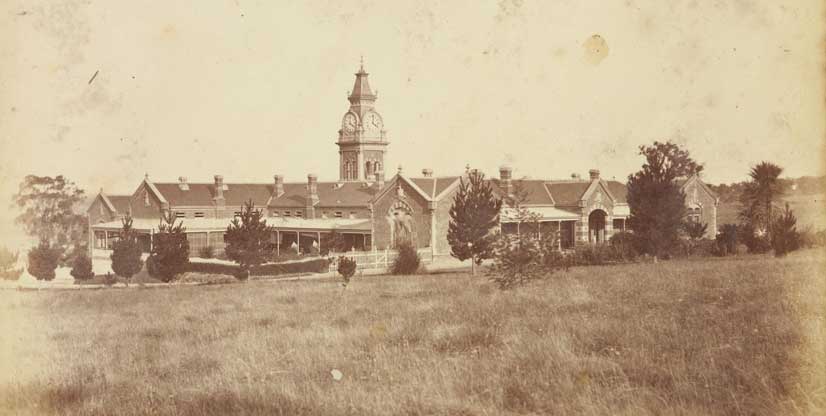About
Our history
Our history
In its early days, the hospital cared for people with 'incurable' diseases, particularly consumption (tuberculosis) and cancer. We also worked to rehabilitate children who had survived polio.
See incredible documentary footage of the Austin Hospital for Incurables from 1928, including of our consumption wards, an operating theatre, laboratory and x-ray.
Early 20th century
A 'Colony' for Epileptics
In 1907, the Talbot Colony for Epileptics was opened in Clayton, named after Lady Margaret Talbot, the wife of his Excellency, Major General Sir Reginald Talbot, Governor of Victoria from 1904 to 1908, who had worked “with deep interest and zeal” on the project.
Cancer
In the 1920s, the Austin began experimenting with 'x-ray' treatment for cancers. By 1935, it was the largest cancer hospital in Australia.
World War II

Heidelberg Repatriation Hospital opened on 13 March 1941 as the 115th Heidelberg Military Hospital. The 6th RAAF Hospital was also on site between 1942 and 1947.
In 1947, the hospital was handed over from the army to the Repatriation Commission and became the Repatriation General Hospital Heidelberg. The Commission (Department of Veterans' Affairs) ran the hospital until 1994.
Many areas of the Heidelberg Repatriation Hospital are named to reflect our proud heritage of caring for Veterans and War Widows. These include: Centaur Wing, Tobruk Centre, Flanders Wing, Duckboard Function Centre, Anzac Memorial Chapel, Vivian Bullwinkel Room, 115th H.M.H. Meeting Room, Remembrance Garden, Gallipoli Gardens, Memorial Rose Garden and Duckboard Walk.
Within the hospital are many plaques, gardens and gallery spaces, including the Fromelles Garden and Jessie Mary Vasey Labyrinth. The Remembrance Garden includes many memorial plaques and the duckboard stained glass. Within the Outpatient Department (Tobruk Centre) is the flag of the 2/4th AGH.
The Veteran Liaison Office and Colour Patch Museum house memorabilia. To view these, contact the Veteran Liaison Office on 03 9496 2324.
For more information on our wartime history, see World War II at Home.
Mid 20th century
By 1956, the Austin Hospital's comprehensive spinal injury treatment and rehabilitation services were fully operational. Four years later, we opened outpatient and casualty services.
In 1961, the Royal Talbot Colony for Epileptics moved to Kew. 'Colony' was no longer an appropriate term in the treatment of epilepsy and the name was changed to Royal Talbot Centre. The Premier, Sir Henry Bolte, opened the new centre in September 1962.
Late 20th century
The newly-renamed Heidelberg Repatriation Hospital was transferred into the Victorian health system on 1 January 1995 and merged with Austin Hospital on 1 April 1995. Together they became the Austin & Repatriation Medical Centre and Victoria’s largest tertiary referral centre.
From August 1995 to 31 October 1997, the A&RMC was part of the North Eastern Health Care Network. On 1 November 1997, Austin Hospital became a stand-alone medical centre again.
- Austin Hospital (Heidelberg)
- Heidelberg Repatriation Hospital (Ivanhoe)
- Royal Talbot Rehabilitation Centre (Kew)


